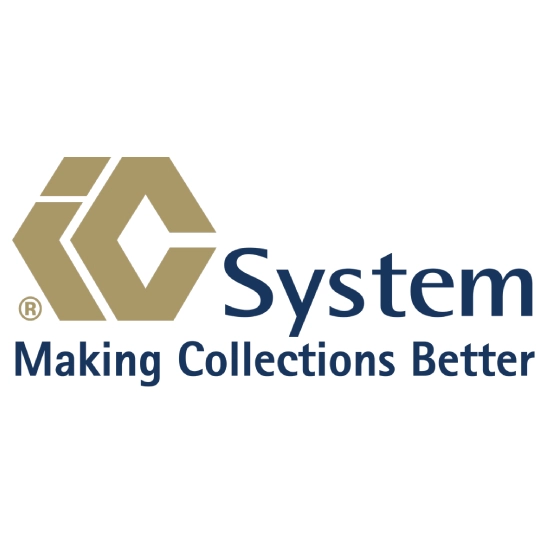Optimizing Account Receivable Recoveries During Tax Time
Tax time for collections agencies is a time when conversions and recovery increase. This window of time when debtors may have additional funds is prime time for collection success. Discussing why this is and offering more insights, Bryan Campbell, Business Development Manager at IC Systems, joined Closing the Books host Tyler Kern.
“From an activity standpoint, it’s a seasonal lift. Inbound volumes are up over 10%, conversion rates by 7%, and payment size by 20%,” Campbell shared.
Campbell attributed this rise in recovery to consumers wanting to meet their obligations. “There’s a psychology to it. People get a refund and have the means to pay. Very rarely do consumers not want to at all. It’s just they don’t have the ability to do so.”
“If they are exploring it or unhappy with previous results, it’s time to get into it. The first refunds hit around early February, and you want to be ready to benefit when the money is there.”
Campbell also advised that turning accounts over to collection should happen after 90 days. From there, collectors can begin collecting on the account in about 35 days after the debt validation notice and the time consumers have to dispute it. “Most debts are collected within the first 90 days of delinquency. It decreases after that. If you wait longer, the value decreases. It’s much lower after 120 days.”
With strategies in place and the ability to negotiate settlements, many businesses can see Accounts receivable (AR) recovery increase during tax time and all the months of the year.
IC System has over 85 years of experience in medical and dental debt collection, rent recovery and other business collections.




